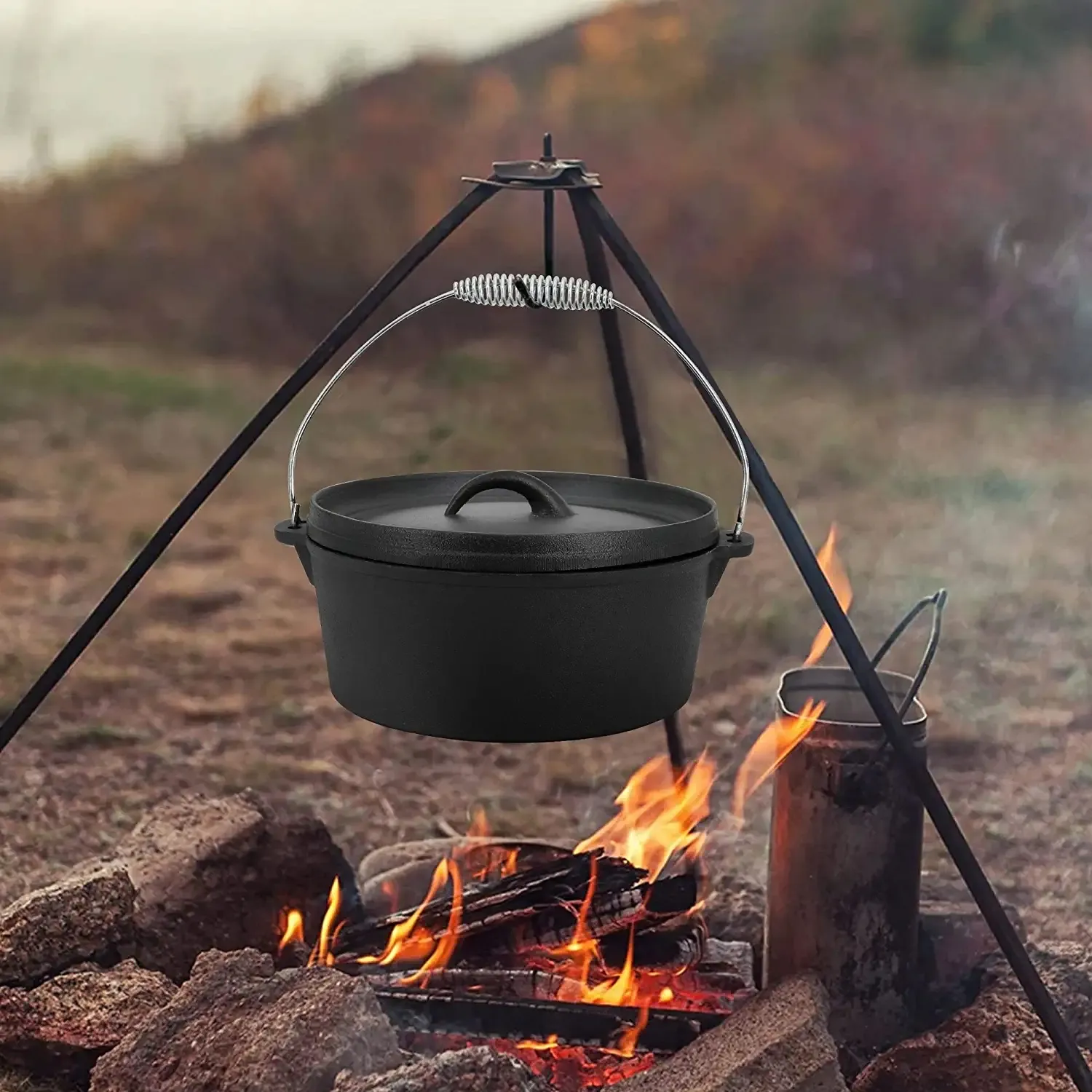
seasoning cast iron pan
The Art of Seasoning a Cast Iron Pan A Timeless Tradition
Cast iron cookware has been a staple in kitchens for centuries, cherished for its durability, versatility, and superior heat retention. Among the many aspects of cast iron care, seasoning stands out as a crucial process that not only enhances the pan's performance but also contributes to its longevity. Let’s delve into the art of seasoning a cast iron pan, exploring its significance, the proper technique, and some tips to maintain this cherished kitchen tool.
Why Seasoning is Important
Seasoning refers to the process of applying a layer of oil to the surface of the cast iron to create a natural, non-stick coating through polymerization. This not only prevents food from sticking but also protects the pan from moisture, ultimately minimizing the risk of rust. Moreover, a well-seasoned cast iron pan develops a distinctive flavor profile over time, enhancing the culinary experience.
The seasoning process makes cast iron cookware incredibly versatile. A seasoned pan can handle anything from frying eggs and searing meat to baking cornbread and roasting vegetables. This makes it an essential item in both casual home kitchens and professional culinary settings.
The Seasoning Process A Step-by-Step Guide
1. Starting Clean Before seasoning your cast iron pan, it is important to start with a clean slate. If the pan is new or has accumulated rust or old seasoning, scrub it with a mixture of coarse salt and water or a mild detergent (if necessary). Rinse thoroughly, and dry it completely as any moisture can lead to rusting.
2. Applying Oil Choose a suitable oil for seasoning. Flaxseed oil, grapeseed oil, and vegetable oil are popular choices due to their high smoke points and ability to polymerize effectively. Pour a small amount of oil into the pan, then use a paper towel or cloth to spread it evenly over the entire surface, including the sides and the bottom. Be sure to apply only a thin layer, as excess oil can create a sticky surface.
3. Heating the Pan Preheat your oven to around 400-500°F (200-260°C). Place the pan upside down on the top rack; this allows any excess oil to drip off, preventing pooling. To catch any drips, you can place a sheet of aluminum foil or an old baking tray on the bottom rack. Bake the pan for at least an hour, allowing the oil to bond with the iron.
4. Cooling Down After an hour, turn off the oven and allow the pan to cool inside. This slow cooling process helps the seasoning to set properly, ensuring a strong bond between the oil and the iron.
seasoning cast iron pan

5. Repeating the Process For optimal results, repeat the seasoning process several times. Each layer builds upon the last, creating a more robust non-stick surface and better flavor over time.
Maintaining Your Seasoned Cast Iron Pan
Once your cast iron pan is seasoned, maintaining it is relatively straightforward
- Cleaning After each use, clean the pan with hot water and a brush or non-metal scrubber. Avoid soap unless absolutely necessary, as it can strip away seasoning. For stubborn residues, you can use coarse salt to scrub the surface gently.
- Drying Always dry your cast iron pan immediately after cleaning to prevent rust. Place it on low heat for a few minutes to ensure all moisture is evaporated.
- Re-seasoning If you notice food starting to stick or if the surface appears dull or rusted, it may be time to re-season your pan. A quick touch-up with a thin layer of oil and a short bake can restore its non-stick quality.
- Storage Store your cast iron with a paper towel inside to absorb moisture and prevent rusting. Avoid stacking other cookware on top, as it can scratch the seasoning.
Conclusion
Seasoning a cast iron pan is not merely a chore; it’s a valued tradition imbued with culinary expertise. This process transforms a simple piece of cookware into a cherished kitchen companion, ready to deliver satisfying meals for generations. By following the right steps and maintaining your pan, you can ensure that it remains a reliable tool for crafting delicious dishes, all while enjoying the timeless charm of cast iron cooking. Embrace the art of seasoning, and your cast iron cookware will reward you with exceptional performance and rich memories in the kitchen.
-
Season Cast Iron Perfectly with GPT-4 Turbo TipsNewsAug.01,2025
-
High Quality Cast Iron Cookware - Baixiang County Zhongda MachineryNewsAug.01,2025
-
Premium Cast Iron Pan: Durable & Perfect HeatNewsAug.01,2025
-
High Quality Kitchen Durable Black Round Cast Iron Cookware Pancake Crepe Pan-Baixiang County Zhongda Machinery Manufacturing Co., Ltd.NewsAug.01,2025
-
Cast Iron Cookware - Baixiang County Zhongda Machinery | Nonstick, Heat ResistanceNewsAug.01,2025
-
High Quality Kitchen Durable Black Round Cast Iron Cookware - Baixiang County Zhongda Machinery | Non-Stick, Heat Retention, DurableNewsJul.31,2025


